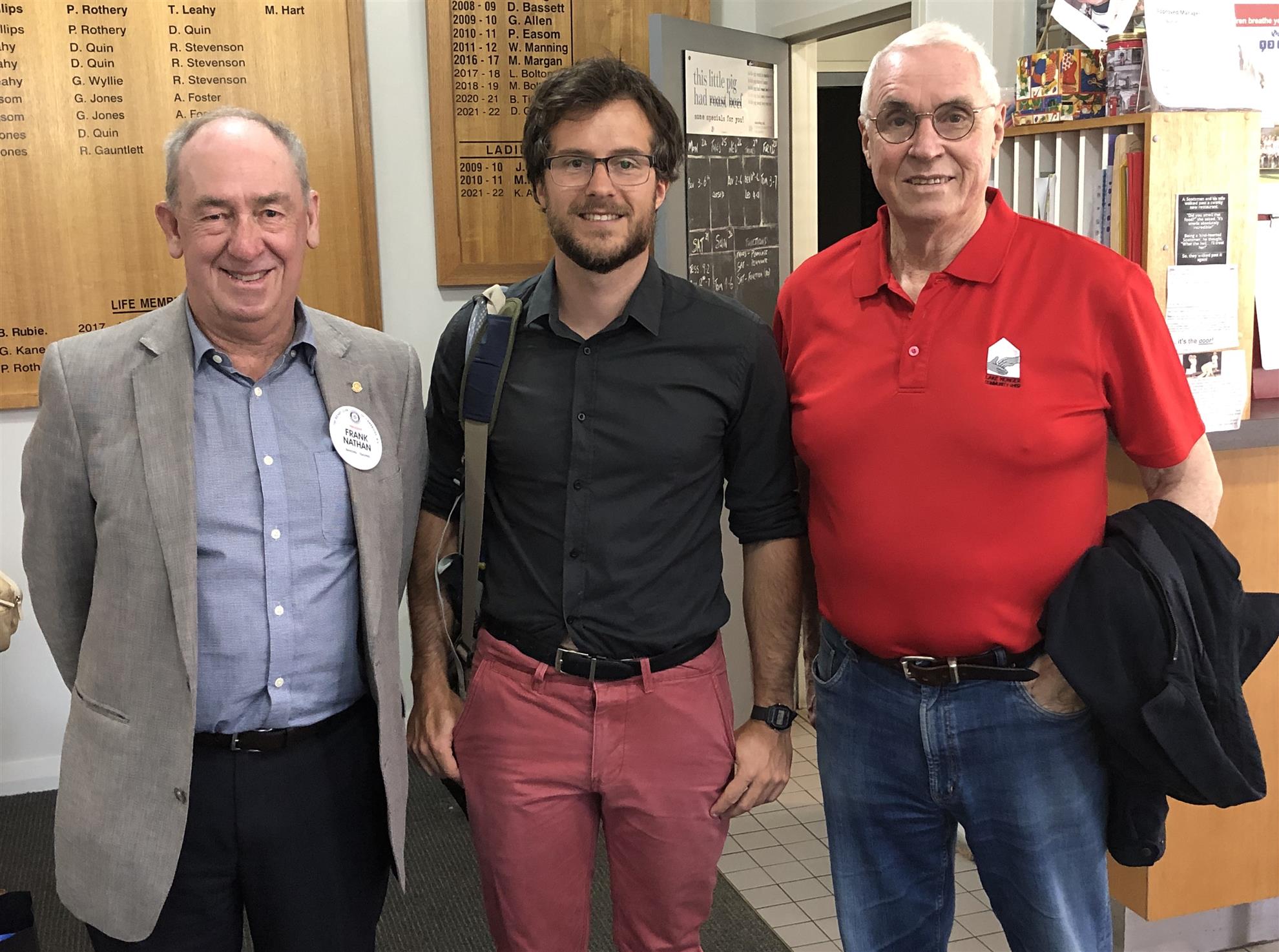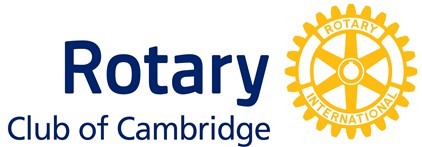
 Our Guest Speaker this time was Dr Simone Pedrini, a Research Fellow and Lecturer at Curtin University, and he came to tell us all about using native seeds to restore the degraded ecosystem in the South West corner of WA. The project originally addressed the degradation on mine sites, but the focus has now turned to the Wheatbelt area where 95% of the land has been cleared, resulting in increased salinity and windswept plains. Restoration can be achieved either by planting, say, 4 million trees at a cost of $1.25 each, or else by planting 100 million native seeds at a cost of just under one cent each.
Our Guest Speaker this time was Dr Simone Pedrini, a Research Fellow and Lecturer at Curtin University, and he came to tell us all about using native seeds to restore the degraded ecosystem in the South West corner of WA. The project originally addressed the degradation on mine sites, but the focus has now turned to the Wheatbelt area where 95% of the land has been cleared, resulting in increased salinity and windswept plains. Restoration can be achieved either by planting, say, 4 million trees at a cost of $1.25 each, or else by planting 100 million native seeds at a cost of just under one cent each.Dr Pedrini described the native seed supply chain which involves the collection, processing and quality testing of the seeds, and the result is that the average cost of 1000 live seeds amounts to $6.34. Seed pods are collected from the wild, and the seeds are then extracted and sorted. About 90% of the rubbish is removed during this stage. Correct storage of seeds is most important, and cool conditions alone are not enough; the level of humidity must be regulated as well.
Quality testing plays a vital role in providing viable seeds in sufficient quantities for successful planting, and the tests focus on purity (i.e. separating the seeds from the trash) as well as confirming that they are alive. X ray software has been developed which enables the complex testing to be done in a few minutes. Natural dormancy rates prior to germination must also be taken into account, and it is vital to use an appropriate planting method – broadcasting can be very hit and miss, so precision seeding is necessary. Interestingly some seeds can be changed in size and shape to improve success rates. A most fascinating presentation!
